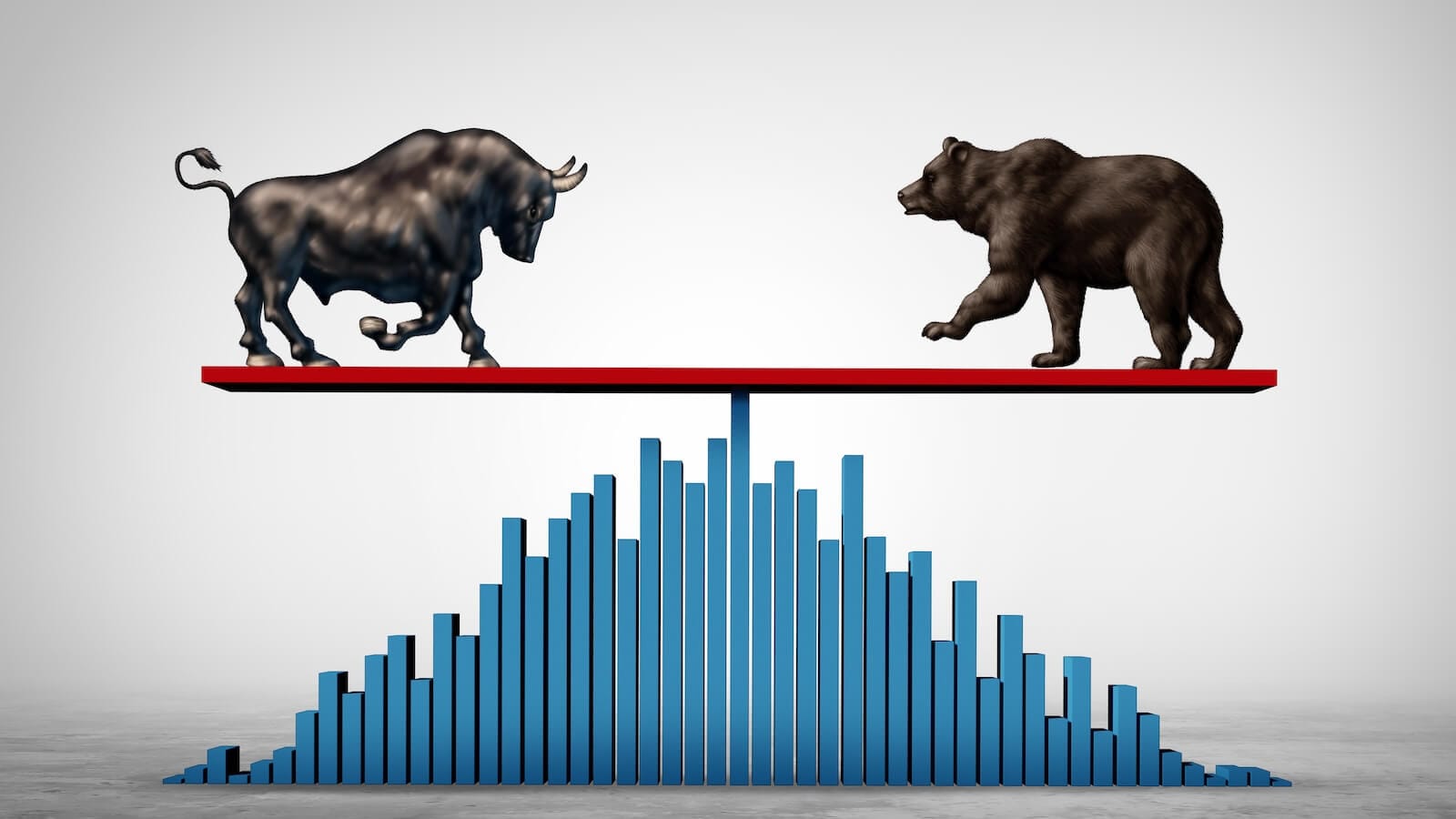This Widely Used Commodity Could Be About to Surprise Us on the Upside
Chart 1 lays out the long-term momentum (KST) relationship between gold, copper, and crude oil for the last 30 years. The arrows slant towards the right, indicating that gold leads copper, which subsequently turns up ahead of oil. Gold reversed to the upside in early 2023 and copper at the start of 2022. Crude oil is still edging slightly lower.

The leads and lags between these three entities and the magnitude of the subsequent moves differ in each cycle. However, following the 18-month rally in copper momentum, an upside reversal in the finely balanced crude oil KST would certainly be consistent. Is it likely, though?
At first glance the answer is "no", as we can see from Chart 2. That's because the price is trading below its 65-week EMA and has completed a 4-year head-and-shoulders top. The action since May of 2022 could also be interpreted as a bearish triangle. It does not matter what it's called, though; there is no question that the price action is negative. That said, I am always suspicious when an initial breakdown fails to attract much in the way of follow-through.

In the same vein, it's also worth noting that the short-term KST has just crossed above its EMA for a bull signal. Such action does not guarantee a rally, but it does make a near-term sell-off, and therefore downside follow-through, less likely. The key lies in the area of the dashed green down trendline and 65-week EMA around $71, basis Friday close. If crude can experience a Friday close above that zone, it would through some doubts as to the validity of the pattern. Normally, a rally that takes the price above the line joining the head with the right shoulder is enough to cancel the pattern. In the absence of such evidence, though, it should be assumed that the pattern is still valid.
Chart 3 expands on the concept of follow-through, showing what we should expect from a downside break in the crude price. It reveals that the price dropped off in a more or less straight line following the violation of the two support trendlines in 2014 and 2020. For its part, the 2008 peak was not signaled by a trendline break, but was nonetheless followed by a precipitous decline. An additional takeaway from Chart 3 is that once the delicate KST balance in 2014 was resolved on the downside, there was no looking back. Today's momentum characteristics are similar, which suggests that a large move is likely, but in which direction?

First Indication the Head-and-Shoulders May Not Work
Chart 4 is starting to indicate that it will be up. That's because the daily price action has resulted in the completion of a small reverse head-and-shoulders, which has tentatively enabled the price to regain the head-and-shoulders neckline. It also represents the extension of the breakdown trendline. A move above the 200-day MA and green down trendline are still required for a head-and-shoulders cancellation. That's a good possibility, though, because the Special K (SPK) is very close to its resistance trendline and the SPK signal line. Special K trendline violations can be highly significant from a primary trend point of view, so this chart is worth updating (simply by clicking on it) as time progresses.

What About the Energy Shares?
Energy shares are closely connected to the price of oil, so it is always a good thing, if you are bullish on crude, to have support from the shares. In that respect, Chart 5 compares the crude price to the percentage of energy equities considered to be in a bullish trend. The vertical lines flag those situations where the bullish percent number reverses from an oversold position. The solid lines reflect valid signals and the dashed ones false positives. Since the indicator has just begun to rally, it should be positive for both the commodity and energy shares.

Conclusion
The head-and-shoulders top is still in force for crude oil, and that should result in substantially lower prices. However, there are several reasons for suspecting that the pattern will not "work", suggesting that higher prices for both oil and the oil shares are in the cards. I suggest the close monitoring of Chart 4 for an early indication of the true trend.
Good luck and good charting,
Martin J. Pring
The views expressed in this article are those of the author and do not necessarily reflect the position or opinion of Pring Turner Capital Groupof Walnut Creek or its affiliates.










